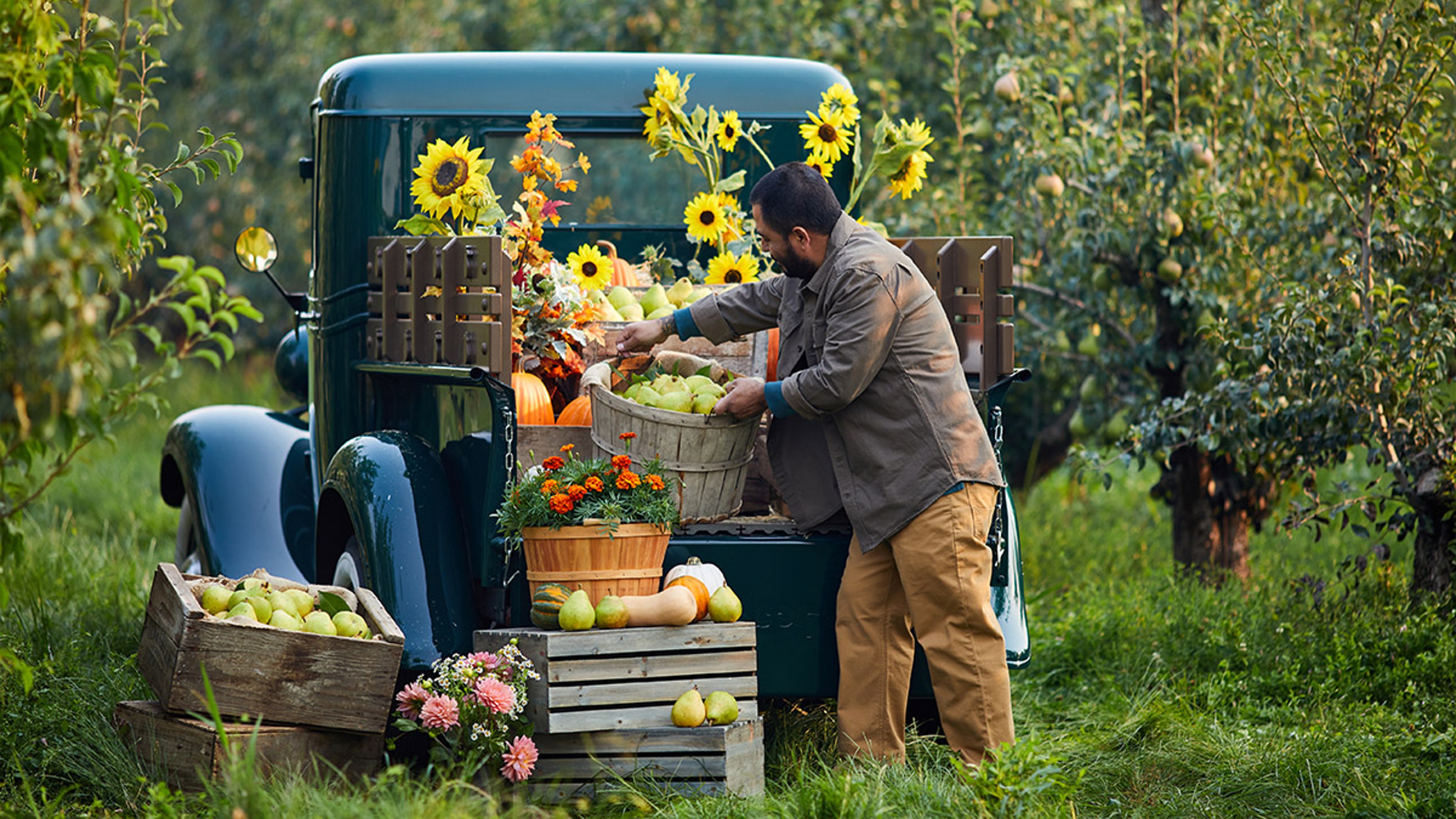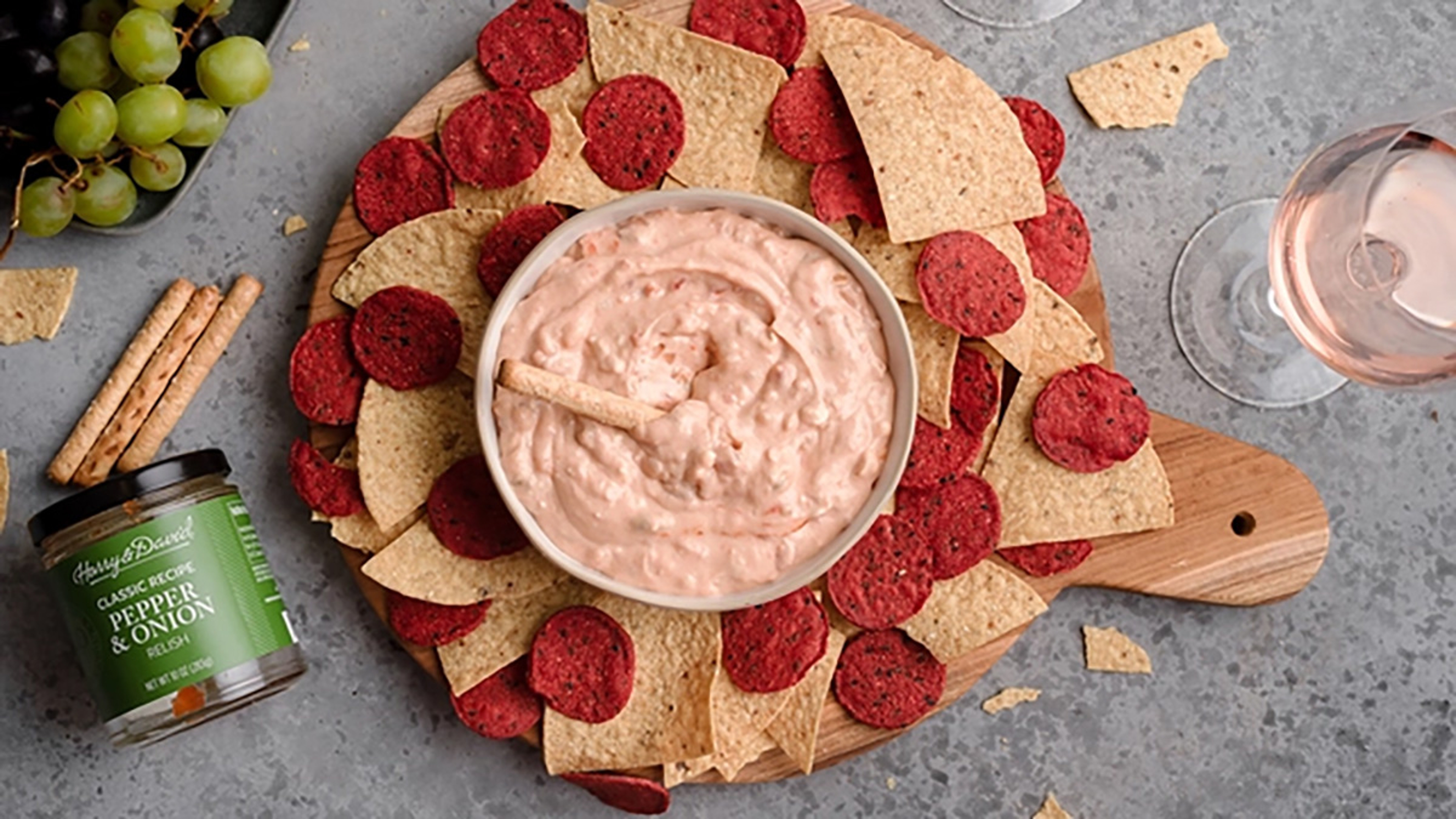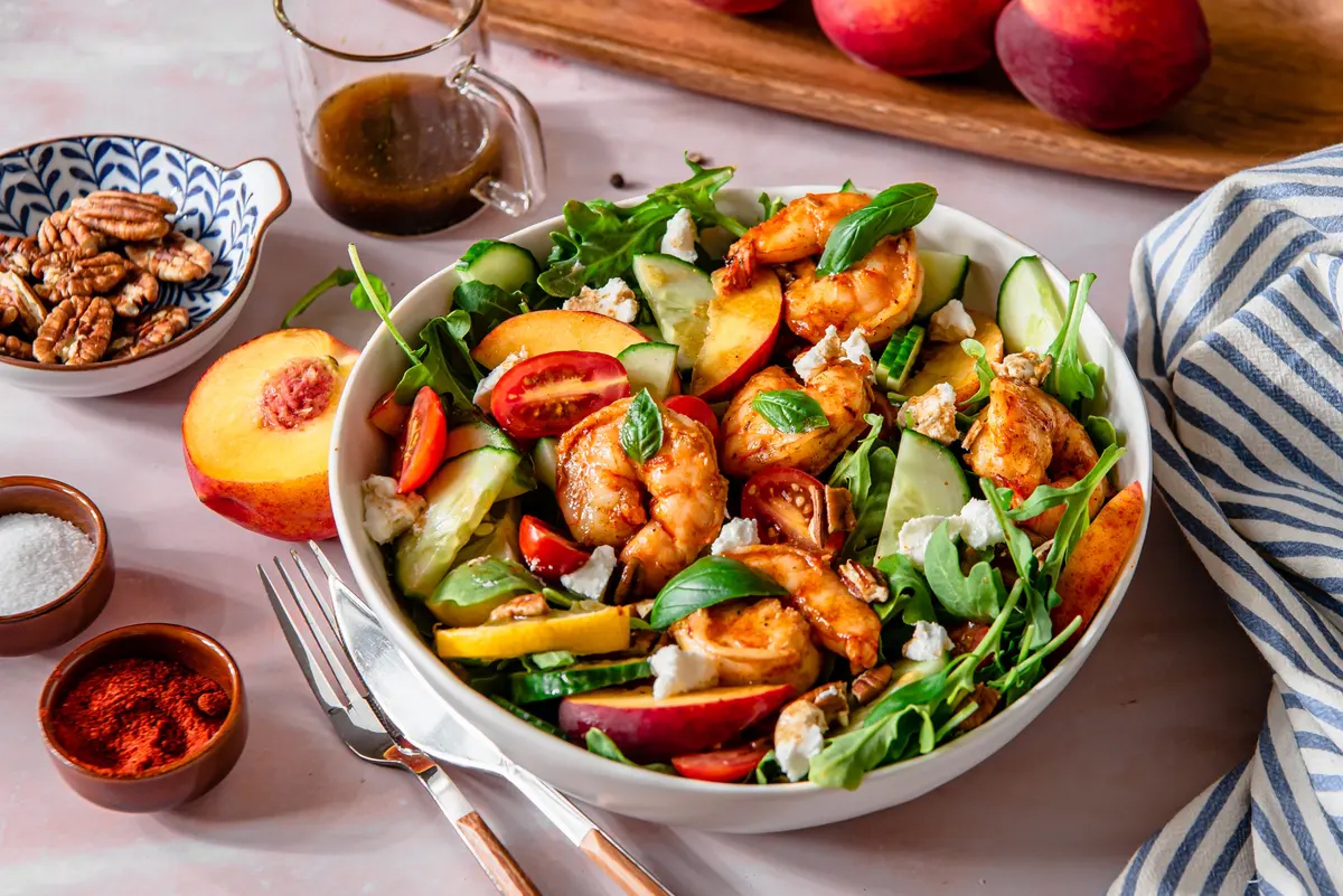Pear Season: The Most Wonderful Time of the Year
The world's most famous pears are ripe for the picking...and ordering.
Sep 15, 2025
When driving through Southern Oregon, it's hard to miss the thousands of acres of pear orchards that stretch between the rolling, golden hills. These orchards aren't growing just any pear that you can find at any local grocery store. These rows of carefully cultivated trees are home to the legendary Royal Riviera® Pear.
The Harry & David harvest team works tirelessly, tending to 700,000 pear trees across 1,640 acres, picking roughly 450 tons of pears per day — that's 900,000 pounds, or the combined weight of 64 male African elephants. In total, approximately 48 million pears are harvested across 20 orchards.
The science behind the pear season harvest
The pear season harvest begins in the last week of August and continues for 21 to 28 days, according to Matthew Borman, Vice President, Orchards at Harry & David.
He explains that before the pears get plucked off the branch, the firmness of roughly 4,000 pears is tested to determine when harvest can begin. Borman and his team use a tool called a penetrometer, or fruit texture analyzer (FTA), to test the pears' firmness by measuring the pressure it takes to penetrate the fruit just under the skin. The FTA gathers information and translates it into a color-coded spreadsheet. The test shows the average firmness and maturity level of each sample, and when it reaches the desired amount of pressure per square inch, the folks in the orchards know that that block of trees is ready to harvest.
A lot of love and attention
One of the most popular pear varieties, the Comice (ko-MEESE) pear, which is where the Royal Riviera® Pear derives from, is grown in the Harry & David orchards. First propagated in France in 1856, they earned the nickname "The Fruit of the Kings" because of their sweet, buttery flavor and were a favorite among royalty. The pears were introduced to Southern Oregon in 1897 and thrived in the environment that was similar to their home in France.
Harry & David is one of the world's largest producers of Comice pears. "They do so well here because of the genetics, the way we farm it, and the soils we have," Borman says.
These pears can be difficult to grow and require a lot of love and attention, but "it's the commitment we make," Borman says. "It takes a minimum of four seasons before a pear tree can produce fruit, and our oldest trees have over 60 years under their belts.
"The trees are cared for year-round. Each new season begins in November with dormant pruning, pest and disease management, and frost protection," Borman explains. "Pollination during bloom season and balancing fruit load for the best quality, and ending with harvest, providing our special gift to customers all over the country. It's a full-time job that takes a lot of care and precision."
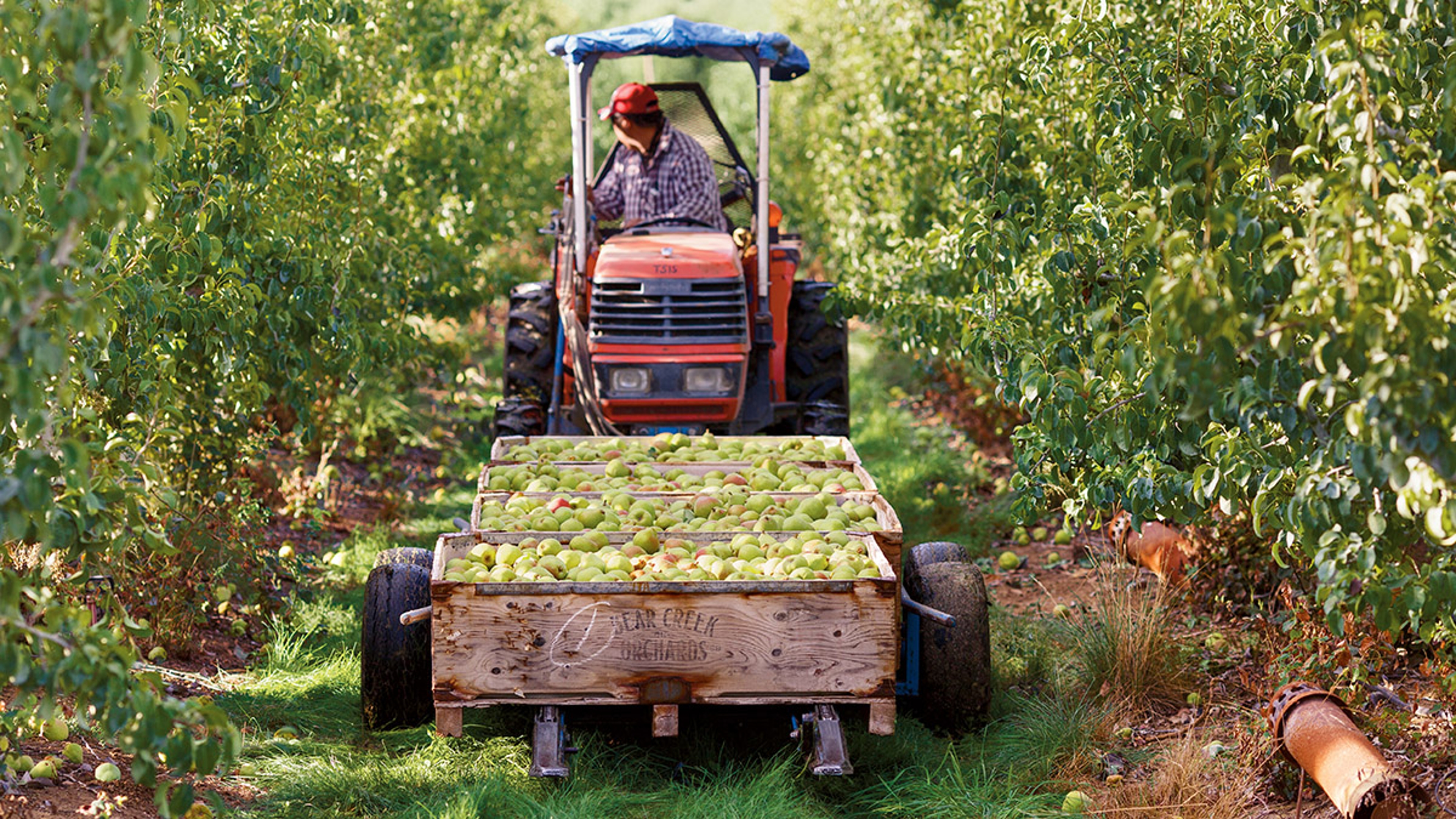
Each season has its own character and challenges: early wet spring rains and extreme heat during the early harvest period were two such challenges for the appearance of fruit, but according to Borman, the flavor and quantity this year "should be wonderful."
Ripening en route
A team of over 320 professional pickers works through the orchards like busy bees. After gently rolling the pears off their branches one by one and depositing them into small bins normally used for cherries, they get nestled into boxes. Then they're off to live in cold storage for 30 days. This is done to control ripening: storing the fruit allows Harry & David to pack the pears over several months, especially during Christmastime.
Something special happens with a winter/fall pear, like the Comice, when placed in cold storage. The chilly 31.5˚ Fahrenheit environment sets the stage for the pears to convert all the energy they collected from the sun, rain, and soil. All that good stuff is stored. Then the cold storage kicks off the process of sugar development in the pears, creating that deliciously sweet flavor that you know and love. The ripening process happens once they leave the cold storage and start their final journey. The starches change to sugars and the flesh softens becoming very, very juicy.
"It truly seems like magic," Borman exclaims.
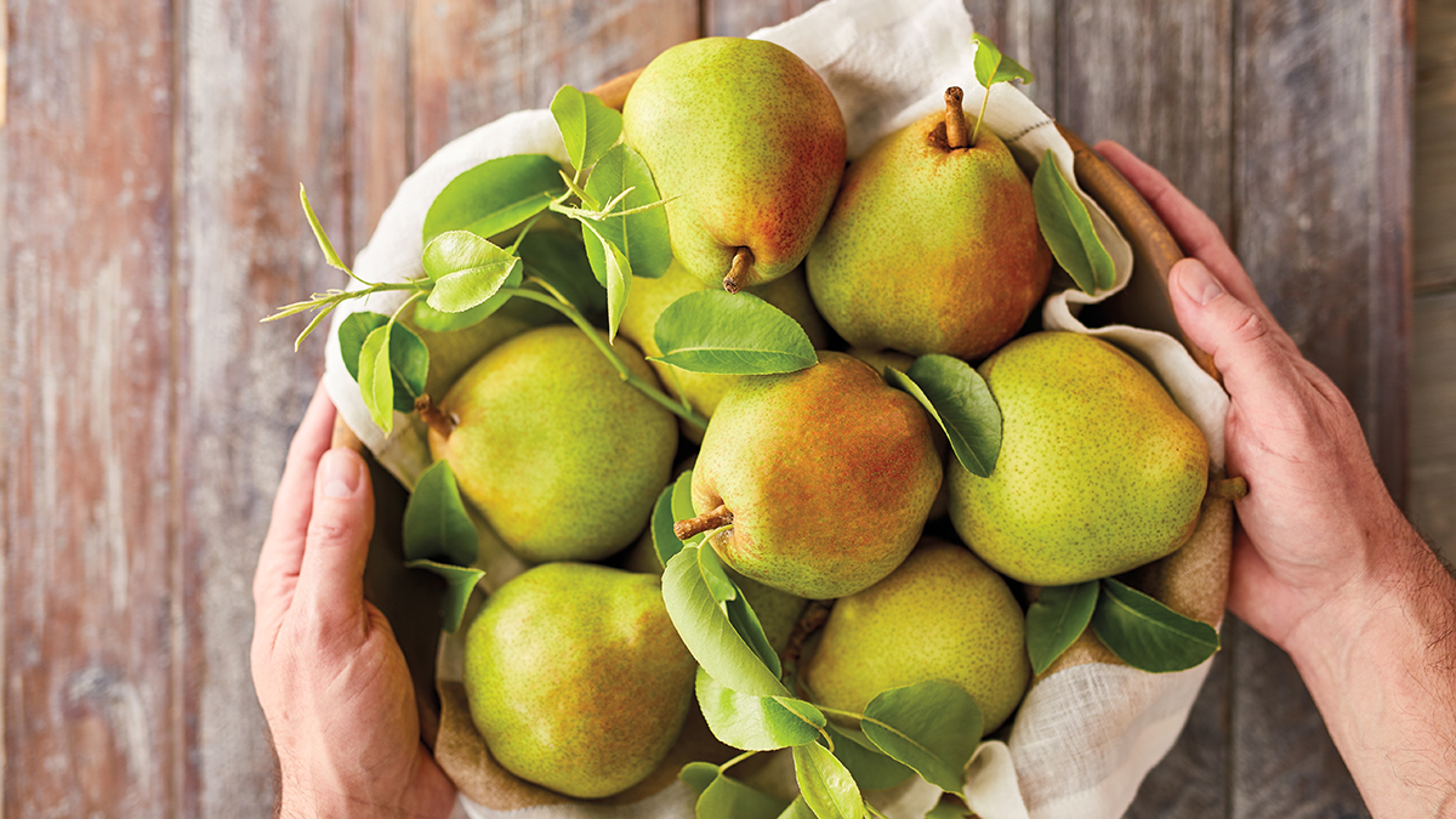
While in cold storage, the pears are gently packed into festive boxes, with one famously wrapped in gold foil, and shipped to pear lovers across the nation.
For many pear fans, receiving a box of Royal Riviera® Pears is a beloved holiday tradition and a way to share love with friends and family. Share your pears on a beautiful charcuterie board or try poaching them for a delicious holiday dessert. Remember, Royal Riviera® Pears always sell out fast, so reserve yours today.
.svg?q=70&width=384&auto=webp)

